Iranian-Canadian photographer Kiana Hayeri has insight into something that many people talk about but few understand – the lives of youth in war-torn Afghanistan. This year, the young photographer was among the twelve Fellows of TED2016 in Vancouver. Her intriguing photographs of millennials in the Middle East have garnered attention worldwide.
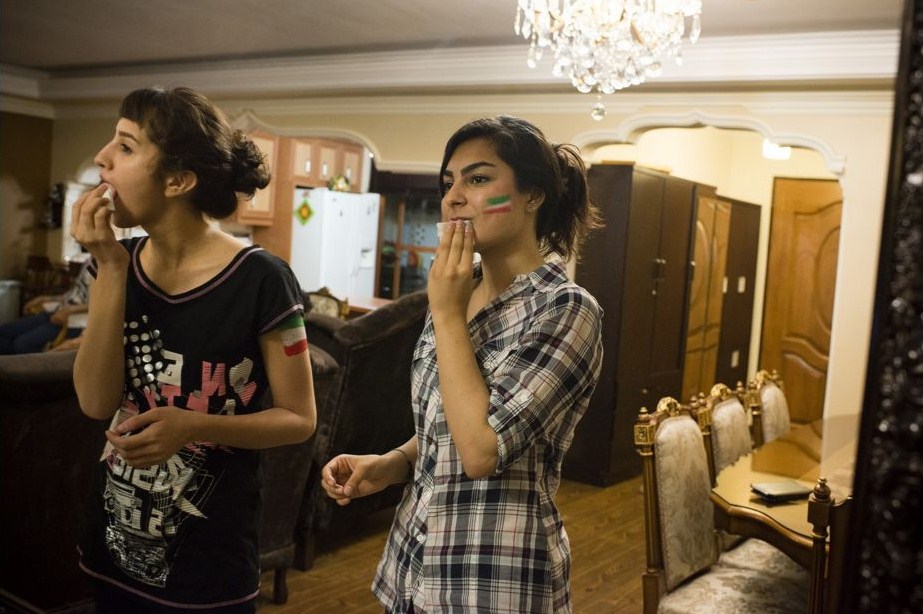
“Youth is youth – no matter where you go – no matter what culture you come from.” – Kiana Hayeri
Most people with internet access today would be familiar with street photography – the art of photographing strangers, often with the photojournalistic intention of documenting some aspect of another person’s life. But Kiana Hayeri’s work is nothing like the casual photography that takes place on the streets of Sydney, London or New York.
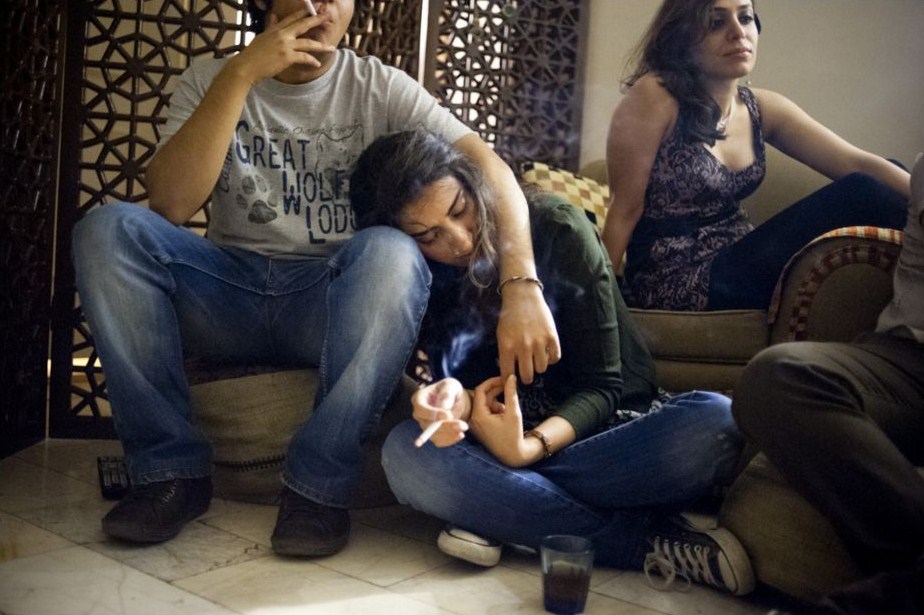
Hayeri photographs youth in Tehran, Iran and Kabul, Afghanistan. There, you need to get to know somebody before taking a picture – they need to be able to trust you enough to let you into what is often a very private part of their life. Hayeri told Paper Mag:
“I spent a year living with them. People need to know you, need to trust you. In order to photograph in underground bars I went ten times, I had drinks with my camera on my shoulder. On my tenth visit I took my camera out.”
Hayeri leads a nomadic lifestyle, travelling for her work. Her projects are self-directed and self-funded, driven by a desire to examine topics including adolescence, sexuality, war and migration.
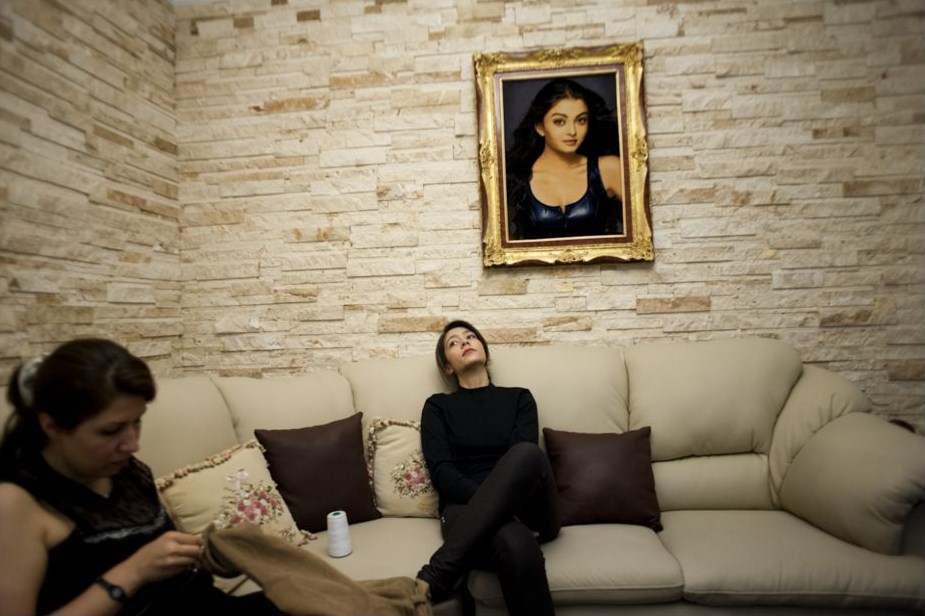
Her current project is long-term. She’s based in Kabul, covering the region to understand the lives of young people there. While it’s more time-consuming than the single-day-shoot projects of many commercial photographers, the fruitful result of such an in-depth process is the insight she gleans into each subject’s way of life.
“Middle Eastern youth are very complex people. Born between 1980 and 2001, they are a generation that has only known war, a generation that no one really knows about. They are facing issues of identity relating to culture, sexuality, and religion… Because of the culture in the Middle East, people end up living several identities and hiding parts of themselves from society.”
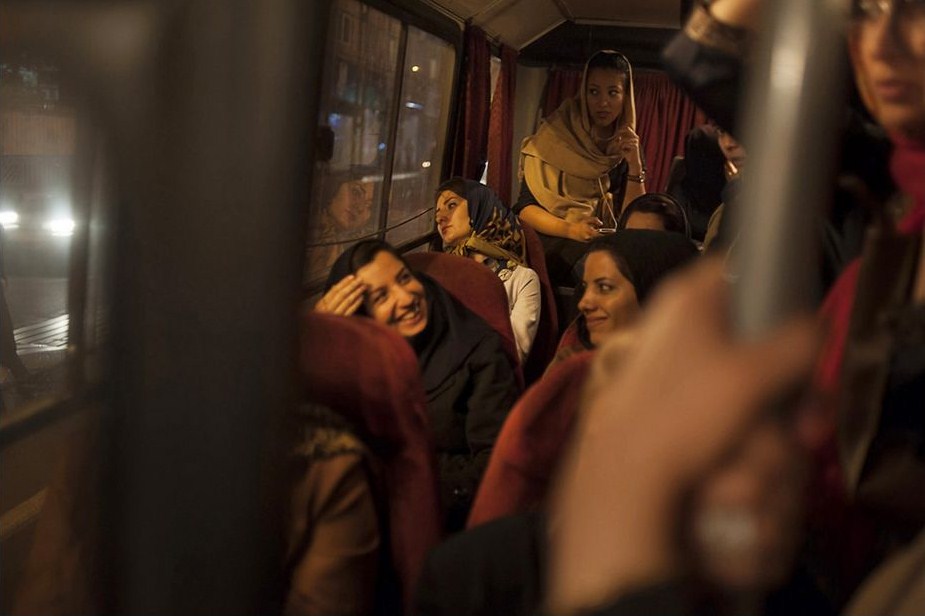
Having grown up in Iran, Hayeri can relate to this secret dichotomy. “I grew up in Iran where my mom came from leftist communist culture and my dad wasn’t as religious as his family. I grew up hearing, ‘If anyone at school asks you if your parents pray, tell them we pray.’ Growing up, I was always questioning, why do I have to lie that my parents don’t drink, that we don’t have satellite TV? Then as a teenager, when I started going to parties, I hid that life from my parents.”
“The people I photograph live in the moment because there is no guarantee on the future. Beyond war, unemployment is a big problem. They live in the moment because don’t know what’s next.”
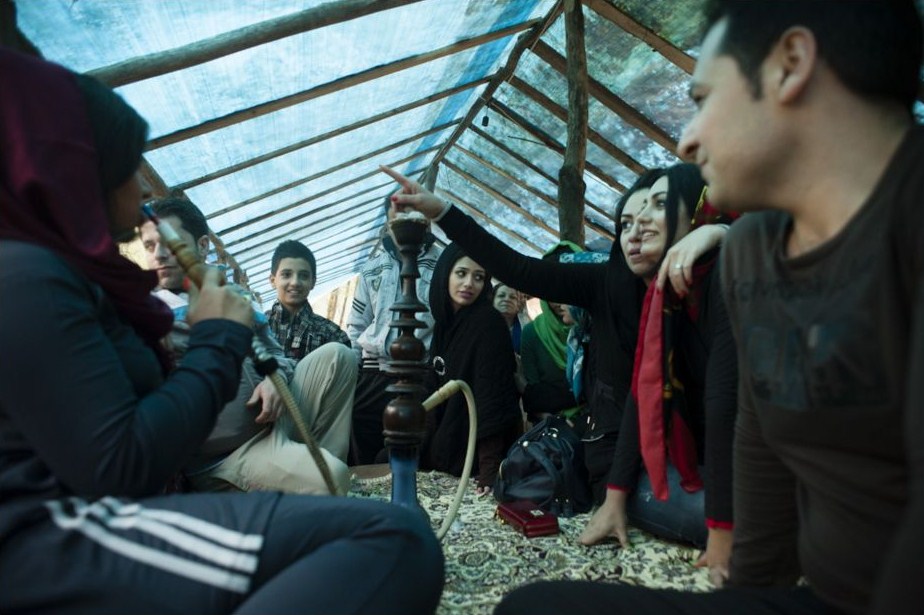
The youth of the region are tied to their conservative roots in many ways, but in other ways they are hyper-modern. Hayeri shares many of her photographs on Instagram. She is part of the global community and has had work featured in publications including Der Spiegel, Washington Post, Sunday Times Magazine, Newsweek, The Australian and CNN. This year she was a TED Fellow and spoke about her work in Afghanistan to a global audience.
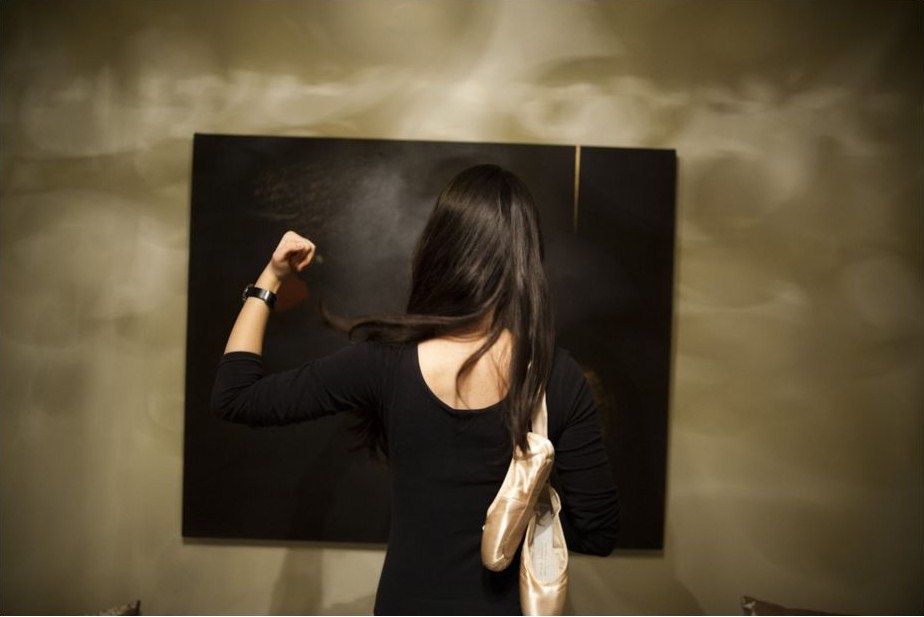
Utilising these international connections is perhaps more important now than ever. Hayeri has a humble but honest awareness of the importance of work like hers – showing the stories of Middle Eastern youth through photography to highlight the parts that are familiar to all of us. Independent photographs play a vital role in a world dominated by mainstream media, where the voices of many go unheard. She told Paper Mag:
“The media gets interested in one thing and it’s all they promote. The Middle East is more than what the media covers. By seeing photographs of young people like you at a party, you relate to them. On a larger scale, in Afghanistan, the next time someone makes the decision to bomb, I hope they won’t think of those they are bombing as ‘others.’”
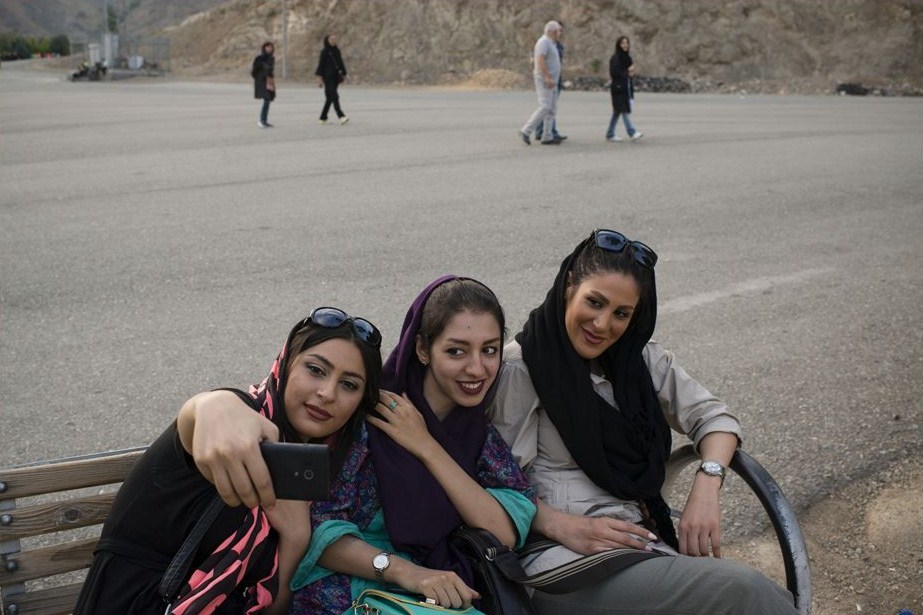
Photography in Iran comes with its own set of restrictions. After an uprising in 2009, Hayeri had to get permission from the Ministry of Culture to carry a camera. She noted: “It’s restricted but I have to be creative; it’s a challenge.”
But with 75% of the country’s population being under 35, rules are being broken all the time. Iran is a country undergoing fast change. As of 2003, more than 60% of university entrants in the country are female.
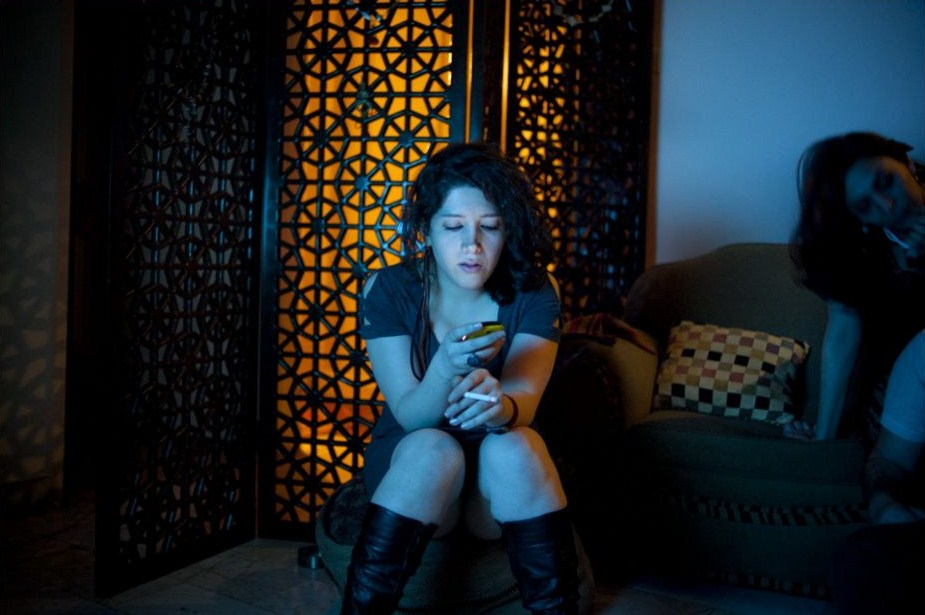
Hayeri grew up in Iran and moved to Toronto as a teenager, before hitting the road once again when she was in university. Her Iranian-Canadian background puts Hayeri at an interesting vantage point, navigating work and life at the crossing between two cultures. In an interview with Jean-Christophe of the Guernsey Photo Festival Blog, Hayeri affirmed:
“I’m Iranian-Canadian. I’m an insider in Iran but I can step back from it. I learnt to deal with it and now I like it.”
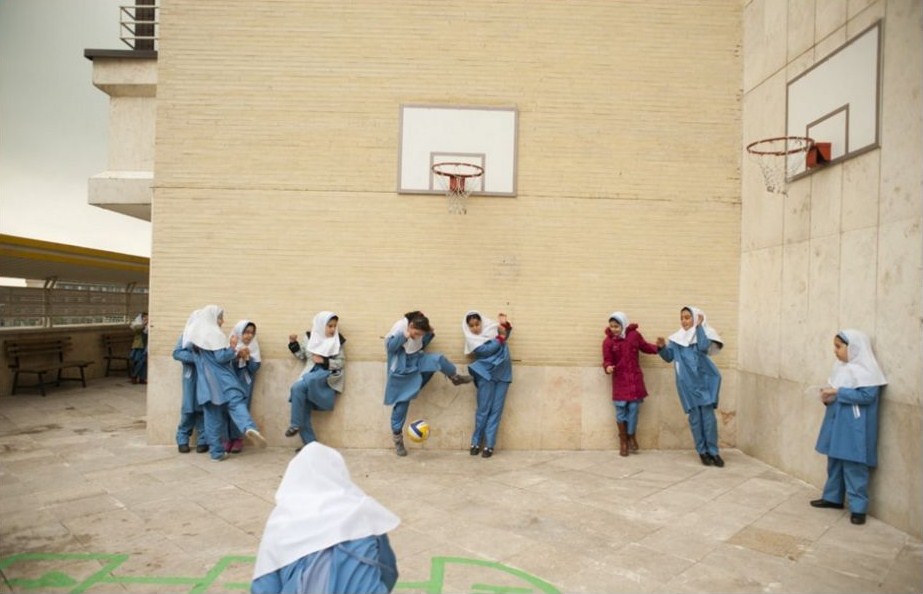
In Beyond the Veil, Hayeri photographed the modernity of Iranian culture, from drug use at parties to underground ballet classes. In Forgotten Sherpas, a project commissioned by the CNN, Hayeri went with a team to Nepal to photograph people living in the villages surrounding Mount Everest after two massive earthquakes shook the region. Despite the many international aid workers in Kathmandu after the first earthquake, Hayeri’s team found no aid workers or government agents in the Sherpa villages. In The Day I Become a Woman, Hayeri explores the lives of nine year old girls in various locations in Iran – some living privileged lives similar to children in wealthy western countries, and some living on welfare and coping with the aftermath of natural disaster.
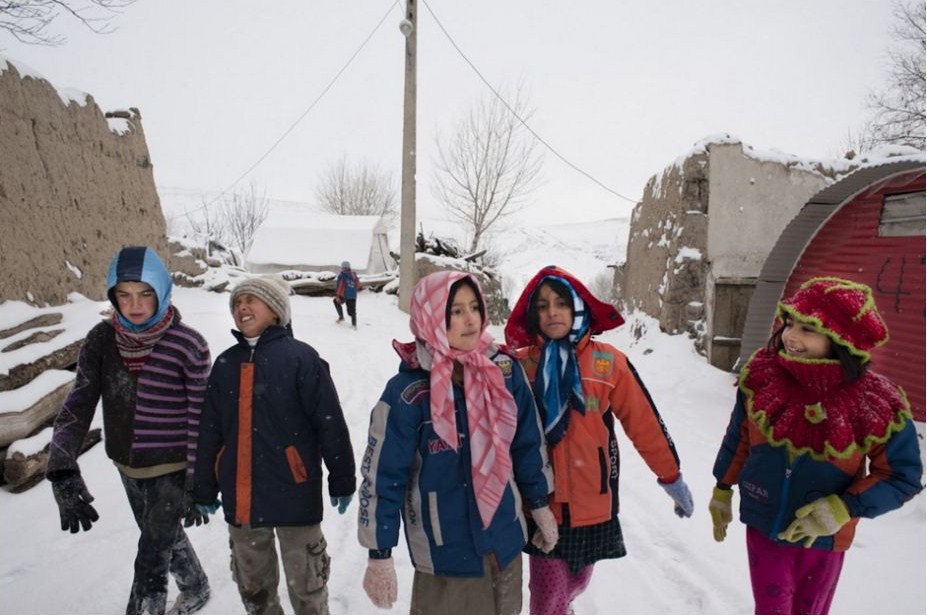
Hayeri has never been the type of photographer to shy away from complex issues. She is passionate about spreading the messages that she spreads through her work and is on the lookout for places to continue the project. “I’m continuing this project to photograph youth in war-torn or highly oppressed countries. I’m going to the Congo and South America, and I want to shoot the Syrian refugee youth culture that is taking shape in Europe.”
All images © Kiana Hayeri.






